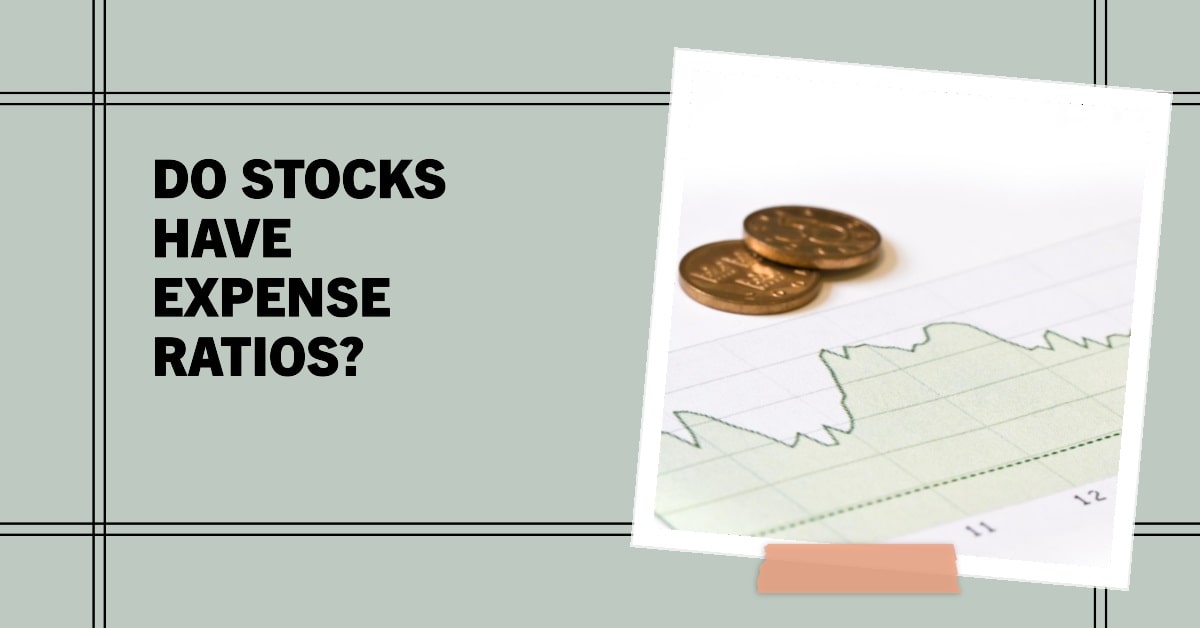Introduction
Investing in the stock market is an exciting way to potentially grow your wealth, but it also comes with its own set of terms and jargon that can be confusing for new investors. One such term that often comes up is the “expense ratio”. In this blog post, we will explore whether stocks have expense ratios, what expense ratios actually are, and how they can impact an investment portfolio.
What is an Expense Ratio?
Expense ratios are a measure of the costs associated with managing a particular investment. These costs can include a variety of things, such as fund manager salaries, administrative costs, and marketing expenses. The expense ratio is expressed as a percentage of the fund’s average assets under management (AUM).
Example:
If a fund has an expense ratio of 0.50%, it means that for every $10,000 invested in the fund, the investor would pay $50 in expenses per year.
Do Stocks Have Expense Ratios?
In short, individual stocks themselves do not have expense ratios. When you buy a share of a single company, such as Apple or Amazon, you are directly buying a piece of that company. There are no management or administrative costs associated with owning that individual stock, outside of the transaction fees or commissions you might pay when you buy or sell the stock.
Why the Confusion?
The confusion often arises because expense ratios are a common feature of mutual funds and exchange-traded funds (ETFs), not individual stocks. These funds are composed of a basket of various stocks, bonds, or other securities, and they are managed by a team of professionals. It’s this management that incurs costs, which are then passed on to the investors in the form of an expense ratio.
Why are Expense Ratios Important?
Expense ratios are a critical factor for investors to consider when choosing a mutual fund or ETF. Here’s why:
1. They Impact Your Returns
Higher expense ratios can eat into your investment returns. Over time, even a seemingly small difference in expense ratios can result in significant differences in your investment’s end value due to the compounding effect.
2. They Can Vary Widely
Expense ratios can vary dramatically between different funds. Index funds and ETFs, for example, tend to have lower expense ratios than actively managed mutual funds.
3. They are Inevitable
No matter how a fund performs, investors will be charged the expense ratio. In a poorly performing year, these fees can make negative returns even worse.
How to Check the Expense Ratio of a Fund
While individual stocks don’t have expense ratios, the mutual funds or ETFs you might be considering for investment will have them. To find a fund’s expense ratio, you can typically:
- Look at the Fund’s Prospectus: This is a detailed document that every fund must provide to potential investors. It includes a wealth of information, including the fund’s expense ratio.
- Check a Financial Website: Many financial websites, such as FinBrain, Morningstar or Yahoo Finance, provide detailed information on different funds, including their expense ratios.
- Ask Your Financial Advisor: If you are working with a financial advisor, they should be able to provide you with this information.
How to Manage and Minimize Expense Ratios
Here are some strategies for minimizing the impact of expense ratios on your investments:
1. Consider Index Funds or ETFs
Because they are not actively managed, index funds and ETFs often have lower expense ratios than actively managed mutual funds.
2. Shop Around
There are thousands of funds available, each with its own set of fees. Don’t be afraid to shop around and compare expense ratios among similar funds.
3. Keep an Eye on Total Costs
While the expense ratio is important, it’s not the only cost associated with investing. Be mindful of other costs, such as transaction fees and tax implications.
Conclusion
In conclusion, individual stocks themselves do not have expense ratios. These ratios are associated with mutual funds and ETFs, and they represent the costs of managing those funds. Although a lower expense ratio is generally preferable, it is just one factor to consider when choosing an investment. It’s important to look at the big picture, including the fund’s performance history, strategy, and other costs, when making an investment decision.
FinBrain Technologies
99 Wall St. #2023
New York, NY 10005


Leave a Reply